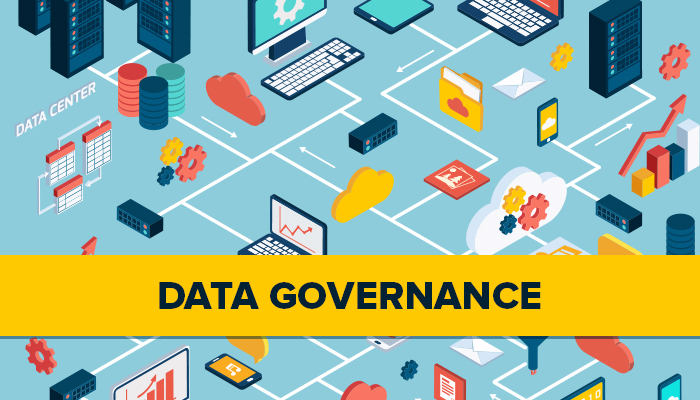Data Governance – A Life Vest for Data Lakes

Table of Contents
In the era of IoT, the mounting pile of data can be stored in a data lake, a large-scale repository and processing engine. A data lake offers massive storage for any data along with robust processing power and enormous ability to handle limitless repetitive tasks or jobs. It promises for raising RDA (Return on Data Assets) through providing increased flexibility and scalability to data scientists and business persons.
But, here is a twist. Massive data collection makes data analysis difficult, and therefore, data lakes need a life vest of data governance. Without proper data governance and integration in place, unmanageable data processes can neither raise RDA nor can they facilitate proper analysis.
Good data governance is a key to success with a data lake. Data governance serves the purpose of ensuring the consistent validity of information accessed by the user. It improves performance and reduces the risk exposure of the organization by ensuring the accuracy of information.
How data governance works
Data governance requires collaborative efforts of data scientists, IT, and business teams. The first step of a data governance cycle is the identification of value provided by given data. Value identification requires a thorough understanding of business and technical requirements. Once a data governance cycle kicks off, it establishes guidelines for consistent data processes across the organization irrespective of nature of business. Data governance also defines data access authority and purposes of data usage.
How data governance helps companies
Business persons can know whether or not the information gathered is accurate through data governance. If the information is manipulated, then data governance shows it instantaneously. It also saves companies from compliance violations through ensuring the accuracy of outside data sources.
Data governance works miracles on including security teams in it. As the data governance helps security teams understanding the data that can be brought into the data lake and the access permissions, they can handle the potential risks in a better way. Security teams can build stronger protection around critical data while becoming more agile and responsive to potential hazards.
Conclusion
Though a data lake facilitates companies to store, integrate, and analyze every type of data rapidly, it is not a panacea for data management. At times, massively complicated data can mess up critical business processes and distracts company’s focus from critical to repetitive tasks.
Data governance plays an active role in better understanding and managing of data and facilitates companies to take real-time technical and business decisions. It also enables companies to integrate the latest big data formats with historical data and removes the need for traditional ETL (Extract, Transform, and Load) tools.



